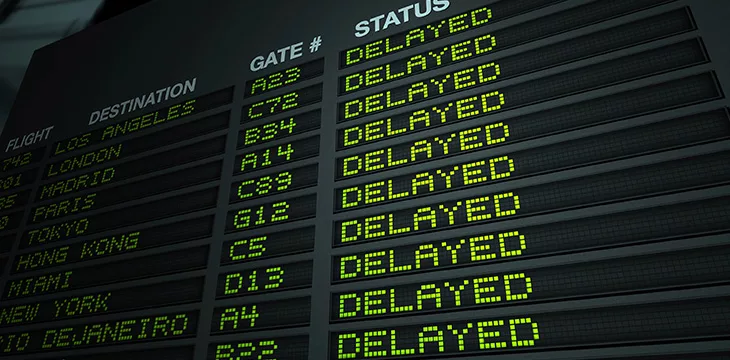|
Getting your Trinity Audio player ready...
|
The implementation of new digital asset banking rules among G10 countries has been delayed until January 2026, it was announced this week.
The rules, set initially to enter into force in January 2025, were architected and finalized in 2022 by the Basel Committee on Banking Supervision (BCBS). The BCBS was established by the central bank governors of G10 countries to agree on standards for the prudential regulation of banks and facilitate cooperation between regulatory jurisdictions.
The rules are intended to provide a regulatory framework governing banks’ ability to maintain exposure to digital assets. They classify digital assets into one of two ‘groups’ depending on their risk level. The first group, dubbed Group 1, captures digital assets considered of lower risk and thus banks seeking exposure to those assets are to be subject to less stringent rules. This mostly included stablecoins and tokenized assets.
Crucially, any security token issued on a public, permissionless blockchain is automatically excluded from Group 1 and classified into the higher-risk Group 2. Reasons given for this include that permissionless blockchains may involve less control over the technology, the accuracy of transaction records, and security vulnerabilities.
Consultation launched in December 2023 revealed strong opposition to this approach. The opposition most prominently came from five major industry bodies: the Global Financial Markets Association, the Institute of International Finance, the International Swaps and Derivatives Association, the Futures Industry Association, and the Financial Services Forum. According to their written feedback:
“We acknowledge that there are risks with the use of permissionless blockchains but are of the firm view that industry has all necessary expertise and robust compliance frameworks to fully identify, manage and mitigate these risks. Hence, we recommend permitting banks to conduct a Group 1 assessment for permissionless blockchains.”
In support of this, the industry bodies compare permissionless blockchains to other kinds of permissionless networks, such as the Internet and email.
“The internet and email are single global networks of information built to common technical standards where massive numbers of different applications and websites run side-by-side from all over the world simultaneously. But even though the internet and email are permissionless at the network layer, there are many forms of permissioning that have been implemented at the application layer.”
“In other words, very sophisticated permissioning and other forms of access control can be built on top of an underlying permissionless network. And in terms of regulation, both the internet and email are unregulated at the network layer as those technical standards are determined by the open-source community of engineers, but regulations can most certainly apply at the application layer.”
According to the announcement, amendments to the BCBS rules are expected to be introduced later this year. However, it is not immediately clear whether those rules will reflect the concerns raised in December’s feedback.
The rules
The rules are intended to guide how banks’ exposures to digital assets are treated. At first instance, banks are required to classify digital assets into two broad groups based on whether they meet all or only some of certain defined criteria. The criteria, referred to as classification conditions, are:
- It is either a tokenized traditional asset or has a stabilization mechanism that is effective at all times in linking its value to a traditional asset.
- All rights, obligations, and interests arising from the digital asset arrangement are clearly defined and legally enforceable in all the jurisdictions where the asset is issued and redeemed.
- The functions of the digital asset and its underlying network are designed and operated to sufficiently mitigate and manage any ‘material risks.’
- Entities that execute redemptions, transfers, storage or settlement finality of the digital asset, or manage or invest reserve assets, are regulated or at least are subject to ‘appropriate risk management standards’.
Digital assets that satisfy all classification conditions are deemed ‘Group 1 cryptoassets’ (though this is further broken down into ‘Group 1a’ and ‘Group 1b’ based on which of the two categories within classification condition 1 is met). In practice, this group largely captures tokenized traditional assets and true stablecoins. These are considered by the BCBS to be of a lesser risk and as such are subject to similar capital requirements as are already in place under the Basel regime. Importantly, algorithmic stablecoins are not eligible for Group 1.
Digital assets failing to meet any classification conditions fall into Group 2. They are considered to pose additional risks beyond those in Group 1. As a result, they are subject to a ‘newly prescribed conservative capital treatment’ and other restrictions. For example, banks subject to BCBS rules must not allow their exposure to Group 2 assets to exceed 2% of their capital, and such exposure should generally be lower than 1%.
The degree to which industry feedback will affect the current framework will remain to be seen until later in 2024.
Watch: It’s time for regulation to enable blockchain growth

 07-13-2025
07-13-2025 





